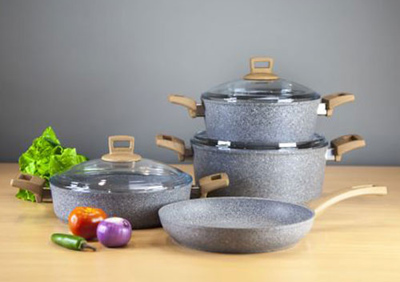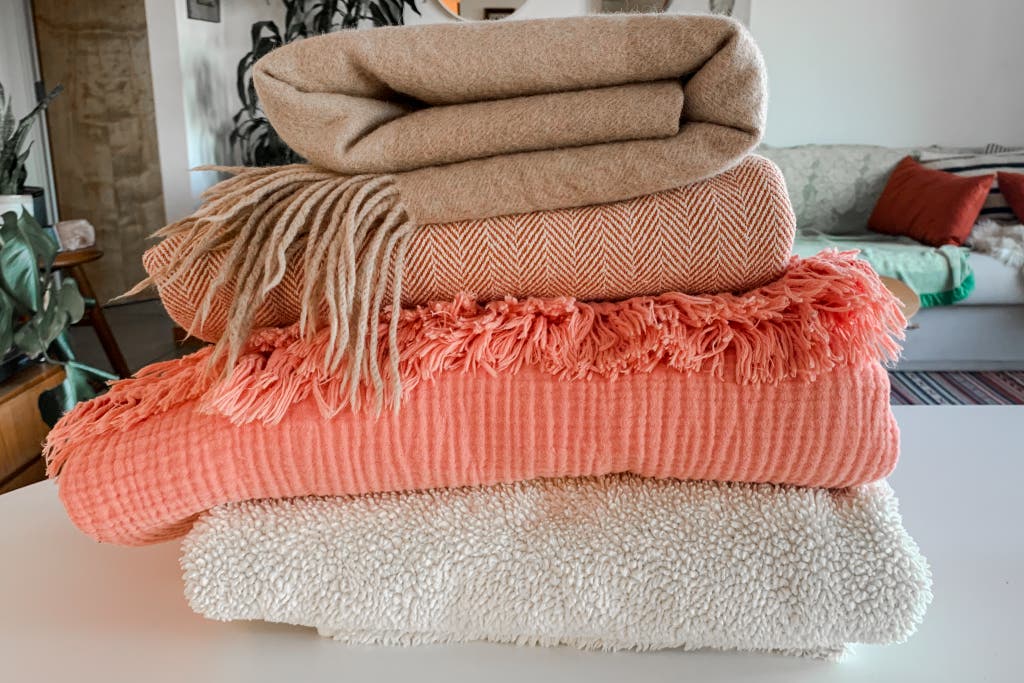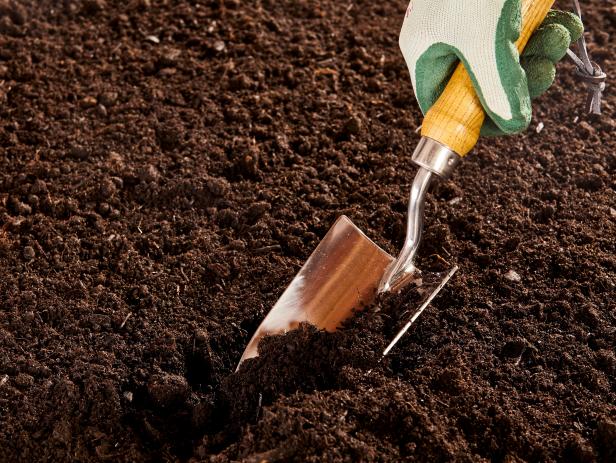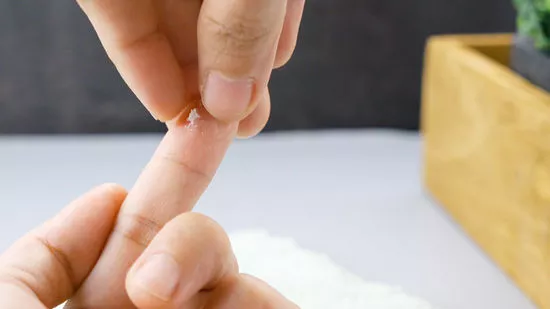Tips for using ceramic dishes for cooking
Ceramic dishes are the newest, most advanced, and the best type of kitchen utensils; they have a non-stick coating and no harmful compounds, and they are partially resistant to corrosion and scratches. But care must be taken that the pieces do not enter the food. They have several layers in the body and bottom, and the ceramic coating is one of the layers of the body of the dishes. They distribute and transfer heat well.
They are relatively expensive, so be careful when using them. As long as it is completely healthy and without scratches and scratches, it can be used safely and without worries.

What are ceramic dishes?
Ceramic utensils are utensils made entirely of earthenware. They are obtained by shaping, drying, heating in a kiln, and finally glazing pottery ceramics. That is why ceramic dishes are a good option for cooking.
Ceramic coating: Ceramic is a coating that, like Teflon, is placed on a body made of aluminum alloy or pure aluminum. One of the main differences between ceramics and Teflon is the wear resistance of ceramics. Because it is damaged later by wear, it requires less care when washing and using, so less damage will keep the coating healthy. But the remarkable thing about ceramics is that after using this coating for a while, its non-stickiness decreases and disappears.
Ceramic tableware is mainly divided into two categories:
White pottery
Ceramic coated dishes
Non-stick ceramic coated dishes:
It has not been long since ceramic-coated dishes have been added to the list of non-stick cookware. These dishes have a metal body, and a ceramic layer is used as a coating on their surface.
The metal part of the dishes is usually made of aluminum because it can transfer heat well. Of course, cast-iron words with ceramic coating are also common. One of the advantages of such ceramic-coated dishes is that their non-stick surface, unlike Teflon, is free of toxic substances. This ceramic surface also prevents the penetration of metal elements in the body of the dish into the food.
Advantages of using ceramic dishes:
Original ceramic dishes are not scratched at all and are very strong and durable.
Ceramic dishes are easy to clean from cast-iron dishes and can be washed with dishwashing liquid, baking soda, and any scotch.
Ceramic dishes retain heat well and can be easily cooked with low and medium heat.
Ceramic dishes are resistant to heat and cold. Ceramic plates can be easily placed in the freezer or oven.
You do not need oil to cook food in ceramic dishes.
Disadvantages of ceramic dishes:
In general, dishes made of clay and no glaze are applied to them, do not react when cooked, and do not contain any toxic or harmful substances. It is interesting to know that such foods are the safest option for cooking and serving food.
In addition to high strength and smooth surface, glazed ceramic dishes help prevent moisture entry into the container. Some of the raw materials used to make glazes, such as lead and cadmium, are harmful to human health. These heavy metals are released during cooking, serving, storing food, and penetrating the container’s food. Research shows that this type of metal secretion increases with increasing heat and cooking foods with acidic properties.
Lead metal is stored in the human body and poses serious risks and problems for human health. According to some studies, continued use of these ceramic dishes leads to lead poisoning, a major health problem for children.
Use tips:
Do not place ceramic dishes in the cabinet, and do not spill foam between them.
Never leave ceramic dishes on empty heat. First, add a little water and then put it on the heat.
It is better to use wooden spoons to prolong the life of ceramic dishes.










